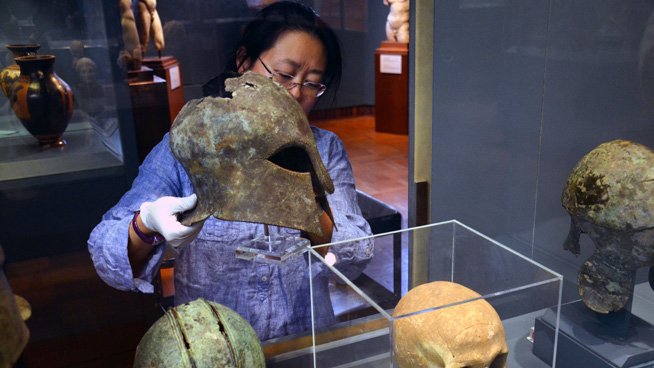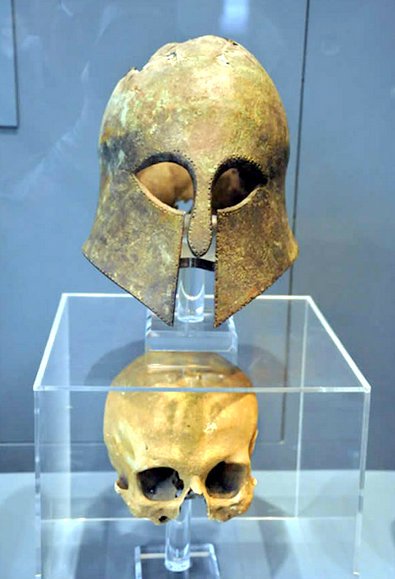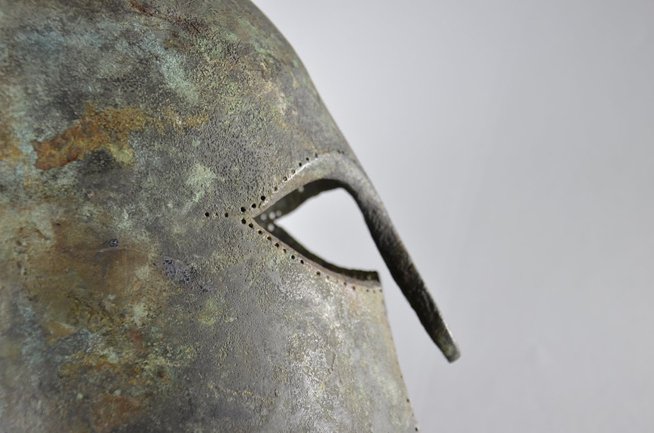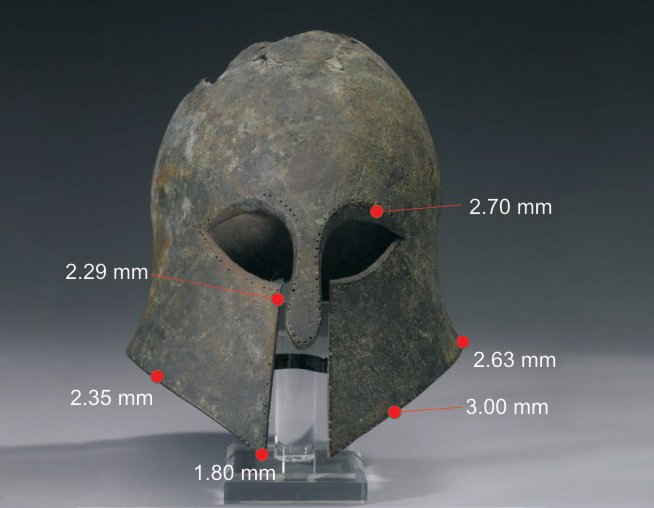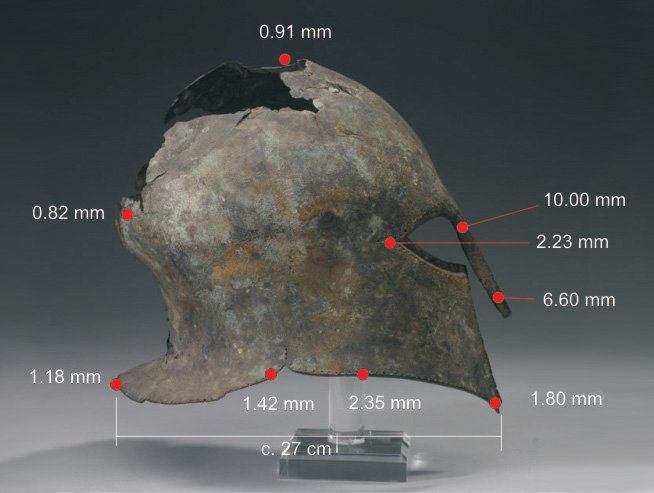According to William Perry, an archeologist with Parks Canada, "it was during the Second World War, and everyone was hungry for power." At that time, Calgary and the surrounding area were rapidly expanding and needed more electricity; therefore, Lake Minnewanka was viewed as a simple solution.
Unless they are scuba divers, many people today will never have the opportunity to discover the secret that the reservoir contains. Several of the ancient resort town's buildings, including house and hotel foundations, wharves, an oven, a chimney, a cellar, bridge pilings, and walkways, are still standing today because of Lake Minnewanka's glacier-fed, ice-cold waters. (You may see a complete list of websites here.) Even the footings from the federal government's first dam in the town, constructed in 1895, and the footings from the dam completed in 1912 are still clearly visible.
An ancient native encampment in the area is another noteworthy location. Archaeologists have recently discovered spear points, arrowheads, atlatls, stone tools, and other artifacts used by the native cultures that originally inhabited the area.









